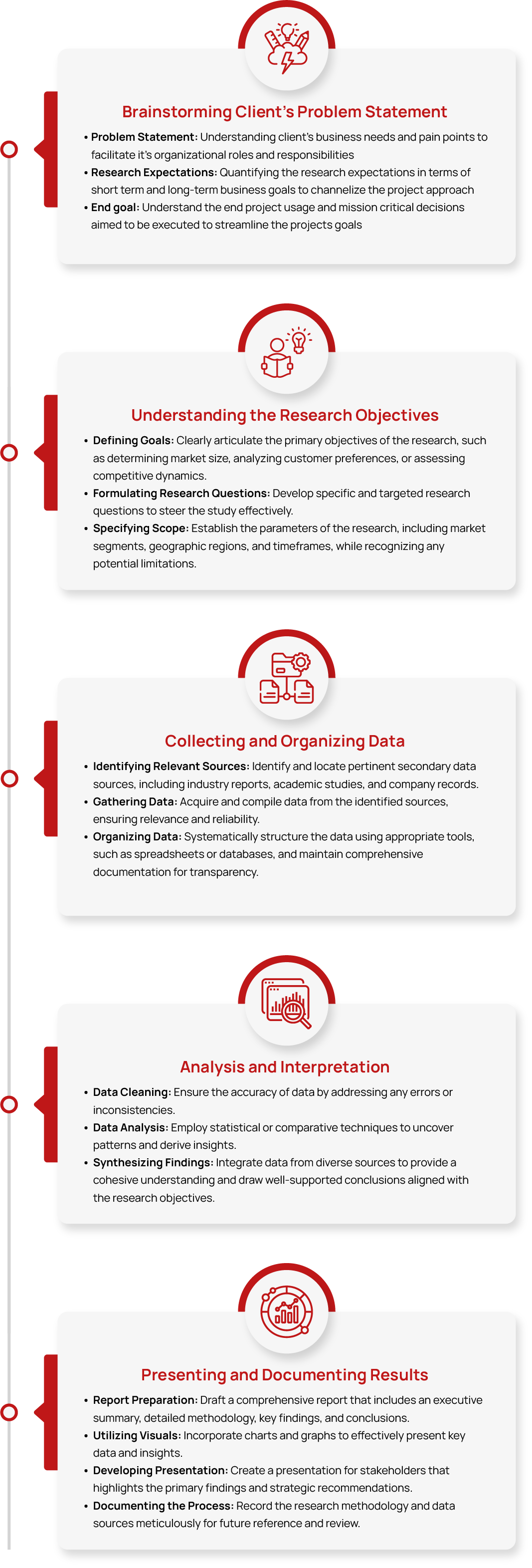Global Automated Fare Collection Market Size, Share, Growth and Trend Analysis Report, 2032
- Summary
- Market Landscape
- Methodology
- Table of Contents
Global Automated Fare Collection Market Size, Share & Growth and Trend Analysis Report, By Component (Hardware, Software), By Technology (Smart Cards, Near Field Communication and Others), By System (Ticket Vending Machines, Integrated Circuit Cards and Others) and Regional Forecasts (Asia Pacific, Europe, North America, Latin America and Middle East & Africa), 2024 – 2032
Automated Fare Collection (AFC) is a system that allows passengers to pay for transportation services electronically without the need for physical cash or paper tickets. It streamlines the ticketing process by using technologies like QR codes, smart cards, mobile apps, and contactless payments (e.g., debit/credit cards).
The Global Automated Fare Collection Market was valued at approximately USD 10 billion in 2024 and is projected to surpass USD XX billion by 2032, growing at a Compound Annual Growth Rate (CAGR) of XX% during the forecast period from 2025 to 2032.
Industry Trends
The rapid adoption of automated fare collection (AFC) systems, driven by the integration of AI and IoT, is transforming transportation payment systems. These advancements enhance ticket tracking, improve passenger convenience, and promote cashless, seamless travel experiences.
The growth of the automated fare collection (AFC) industry is driven by the increasing demand for faster, more convenient, and secure payment solutions in transportation systems. AFC systems help transport operators minimize fraud, reduce operational costs by lowering dependency on manpower, and enable real-time tracking of payments.
Additionally, the integration of advanced technologies like Artificial Intelligence (AI) and the Internet of Things (IoT) is enhancing the efficiency and functionality of AFC systems, making them more user-friendly and reliable.
Furthermore, the global shift towards cashless and digital payment solutions is accelerating the adoption of AFC systems in urban transit networks.
However, there are some challenges holding the AFC industry back. For one, setting up these systems requires a lot of money upfront, which can be tough for smaller cities or developing countries. There are also concerns about keeping passenger data safe, as these systems often store sensitive information.
On top of that, many people are still hesitant to switch from traditional cash payments, and constant support from governments is needed to expand these systems. Solving these problems is key to ensuring AFC systems can continue to improve transportation for everyone.
Industry Expert's Opinion:
- Ramalinga Reddy, Minister of Muzrai from Revenue Department of Karnataka
“This move addresses the recurring issue of passengers not having exact change, providing convenience for both passengers and conductors. Payments can now be made through UPI payment platforms as well as debit and credit cards, ensuring smoother transactions.”
- Anbu Kumar, KSRTC Managing Director
“We are modernizing our ticketing system with 10,245 Android-based smart ETMs featuring touchscreens, wireless connectivity, and faster processing speeds. These devices replace the traditional ETMs we’ve relied on for two decades.”
TT Consultants’ Perspective
The Global Automated Fare Collection (AFC) Market is growing rapidly, driven by advancements in technologies such as contactless payments, smart cards, and AI. The increasing need for faster, more secure, and efficient travel experiences, along with growing urbanization, is boosting demand for AFC solutions.
As cities and transportation systems adopt smarter systems, the market is set to expand significantly in the coming years, offering improved convenience for passengers and operational efficiency for transport providers.
Market Segmentation
1. By Component (Hardware, Software)
The hardware segment, which includes devices such as ticket vending machines, POS terminals, electronic validators, and fare gates, leads the automated fare collection system market with a revenue share of USD XX bn in 2024 due to the growing demand for modernized, efficient transportation systems. With governments and private automatic fare collection companies investing heavily in smart infrastructure, these tools have become essential in automating fare collection processes.
On the other hand, the software segment is gaining momentum with a CAGR of XX% led by integration of advanced technologies such as Artificial Intelligence (AI), the Internet of Things (IoT), and machine learning. These innovations allow transport operators to manage real-time data efficiently, optimize system functionality, and improve the overall passenger experience in automatic fare collection systems.
2. By Technology (Smart Cards, Near Field Communication and Others)
Smart cards have become a vital payment method due to their flexibility and convenience and captured a share of USD XX bn for 2024 in the automated fare collection system market.
These cards allow users to make payments across various platforms like transportation, retail, and hospitality with ease, providing centralized management and offering more security than traditional payment methods.
NFC technology, on the other hand, is gaining substantial traction and growing with a CAGR of XX% because of its ability to facilitate contactless, fast, and secure transactions. NFC-enabled devices such as smartphones and wearables allow users to make seamless payments by linking their virtual wallets to NFC stations.
The enhanced market security provided by NFC, which uses tokenization to protect user data, further drives its adoption in the auto fare collection system market, providing passengers with a secure and convenient payment method.
3. By System (Ticket Vending Machines, Integrated Circuit Cards and Others)
Ticket Vending Machines captured a revenue share of USD XX bn for 2024 in the automated fare collection system market. TVMs have transformed the ticketing process, enabling passengers to buy tickets in a hassle-free, cashless manner, 24/7.
This reduces waiting times and enhances operational efficiency, making them popular in many transport hubs worldwide.
TVMs support various payment methods, such as credit/debit cards and e-wallets, catering to a broad range of customer preferences.
Additionally, auto fare collection systems are evolving with integrated circuit cards and contactless payment technologies, catering to the growing auto fare collection system market trends.
4. By Region (North America, Europe, Asia-Pacific, Latin America, Middle East and Africa)
The automated fare collection system market is witnessing rapid growth across multiple regions, with North America, Europe, and Asia-Pacific leading the charge with a CAGR of XX% for the forecasted period.
North America is making significant strides in upgrading its public transportation systems with automated fare collection systems and a market share of XX%. Cities like New York, Los Angeles, and Toronto are adopting advanced AFC technologies to improve passenger convenience and operational efficiency. These innovations are also helping address the challenges of increasing urbanization and congestion in metropolitan areas.
Europe is investing heavily in automatic fare collection systems, particularly in cities like London, Paris, and Berlin, which are already known for their efficient public transportation networks. The European Union is also pushing for widespread adoption of smart transportation solutions to enhance sustainability and improve urban mobility. Governments are supporting the transition toward cashless and automated fare collection systems to streamline operations and reduce costs.
Asia-Pacific (APAC) is experiencing the fastest growth in the auto fare collection system market, driven by rapid urbanization and infrastructure development. Countries like China, Japan, India, and South Korea are making major investments in smart transportation solutions. Major cities such as Beijing, Tokyo, and Mumbai are increasingly implementing automated fare collection systems to manage their expanding populations and growing demand for efficient public transportation systems. This contributes significantly to the growth of the auto fare collection system market size.
Competitive Scenario
Key players in the automated fare collection system market include Atos SE, Cubic Transportation Systems, GMV, Indra Sistemas SA, LECIP Holdings Corporation, LG Corporation, Siemens AG, Nippon Signal, Scheidt & Bachmann GmbH, and Samsung SDS Co. Ltd., among others.
Recent Developments and Strategic Activities:
- In January 2025, New York City introduced a new congestion pricing law that led to higher fares for rideshare and taxi services. Uber and Lyft riders now face a surcharge of around USD 1.50 per trip, while taxi riders pay a bit less, at about USD 0.75 extra. This adjustment is aimed at reducing traffic congestion and funding improvements to public transportation.
- In May 2024, the Massachusetts Bay Transportation Authority (MBTA) announced plans to implement a new fare collection system starting in the summer. This initiative aims to modernize payment methods and enhance the efficiency of public transportation services.
- In June 2023, SATO Holdings Corporation plans to expand the use of renewable energy and promote energy efficiency and conservation in pursuing decarbonization. The company's targets are to halve groupwide Scope 1 and 2 emissions from FY 2016 levels by FY 2030 and reach net zero by FY 2050.
- In January 2023, TSC Printronix Auto ID (TSC), a renowned provider of barcode label printing solutions, announced a new collaboration with Distribution Management (DM), a prominent national distributor of print and imaging solutions. As part of the partnership, Distribution Management has been authorized to distribute TSC's range of top-quality, high-performance thermal printers in North America, along with OEM labels and supplies.

Please fill out the form to request the ToC and gain access to detailed insights in the report.
Request Table of Contents







